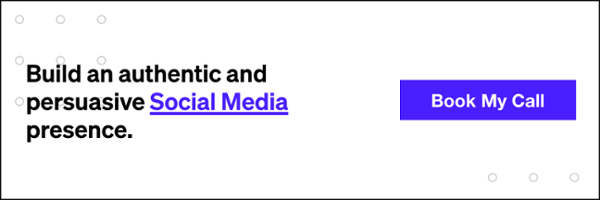Social media if often in the spotlight (negatively) when it comes to interactions with children. As a means for kids to easily obtain inappropriate content, cyber-bully, or even worse, become accidentally involved with human trafficking – it’s no wonder that many parents are becoming more concerned by their children using social media accounts at a young age.
Remember, Facebook was originally released as a platform specifically for college students, but it has morphed into a social media staple for every age group across the world. Currently Facebook does require that new users are at least 13 years of age, but with no official verification of this, or filtering of content once the child has created an account, it can be difficult for parents to know their child is safely navigating the online social world. Queue: Facebook Messenger for Kids.
What Is Facebook’s Messenger Kids App?
Facebook is hoping to open its’ platform to children as young as 4 years old, safely, with the launch of Messenger Kids which was rolled out in the United States on December 4th. Facebook’s Messenger Kids is a standalone app (only available for Apple products at this time) that allows kids to video call and message with pre-approved family members and friends.
Facebook prides itself on the research they did to develop this app; after talking with thousands of parents, a dozen expert child development advisors, and even the National PTA, they came to the decision that this app was the missing piece to a safe social media presence for children.
How Is Messenger Kids Keeping Kids Safe?
So how is Facebook keeping kids safe with this app? The app is entirely parent controlled. Parents download the app, approve their child’s network, and have full access to all messages and conversations. Parent’s can even monitor and control their child’s Facebook Messenger App straight from their own personal Facebook page. In fact, a parent is required to set the app up and authorizing the app download by logging into their own personal Facebook (don’t worry – this won’t allow your children to see your Facebook page).
One problem in-particular that Facebook is trying to solve with Messenger Kids is the ability for children to delete conversations. Cyber Bullying has become a very real issue for children on social media over the last decade and the ability to erase a conversation can only fuel a bully’s power. The new Messenger Kids app does not allow children to erase any conversations and messages do not disappear after a set amount of time. Another issue this app will combat is the ability for strangers to add your children or see what your child posts. Children will only be able to interact with friends and family that their parent approves.
Related: A Quick Guide to Online Marketing to Children
A maybe less critical, but still important problem this app solves is in-app purchases. We’ve all seen some sort of viral video of an embarrassed kid telling their mom how they “accidentally” spent $300 to buy extra lives or filters in an app… yikes. The new Messenger Kids has no in-app purchases available, meaning children can easily use all the gifs, filters, and videos they want with no risk to your wallet. Additionally, with no in-app advertising (…yet…), parent’s never need to be concerned that their child will accidentally make their way off the platform to a site that may not be appropriate or parent-approved.
Why Should You Use Messenger Kids?
Facebook Messenger Kids offers a safe place for your children to connect with friends and family online in a controlled environment. With social media constantly at our fingertips, it only makes sense that even younger kids are wanting a presence online – and that parents want to be able to digitally connect with their children as well. In today’s digitally connected world, Messenger Kids easily connects children with their parents safely on social media. While your child can message any pre-approved friend or family member, any messages sent to adults will be automatically sent via the normal Facebook Messenger app to the recipient.
Overall, it’s easy to understand why parents would welcome this alternative social media “network”, but why would a child prefer this? The same reason SnapChat became so quickly popular with a younger demographic. It’s fast, easy, creative, and visual. This app offers a great alternative to allowing your kids to make a Facebook at an age where they might not even know how to spell a full-sentence.
Facebook Kids offers a wide selection of filters, G-Rated gifs, stickers, emojis, masks and more to bring their videos and photos to live. It also allows kids to easily make one-on-one or group video calls – making it easy for those young ones that may have not quite mastered the english language. This visual, easy-to-understand app is the perfect introduction to social media for children under the age of 13.
Related: Why Online Reputation Management Matters More Now Than Ever
As this app becomes as common as the Amazon app in families with children, we’re excited to watch where this new social-territory heads. When you think about it… why wouldn’t Facebook want to develop a platform targeting children? It’s a fool-proof way for Facebook to make sure that their platform literally grows-up with your children – to the extent that no child will remember a day without having a Facebook account of some sort. It also opens a whole new avenue to reach kids through advertising. The Facebook Messenger Kids App offers a win-win for parents and young children who all want to be able to enjoy social media together.







